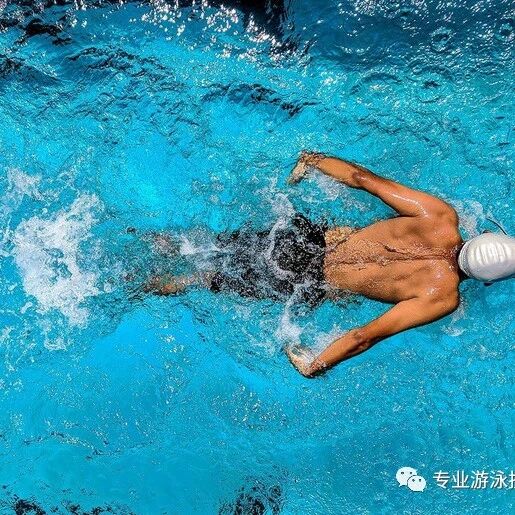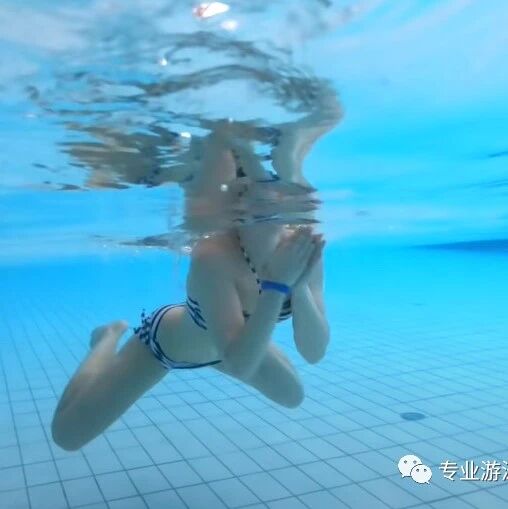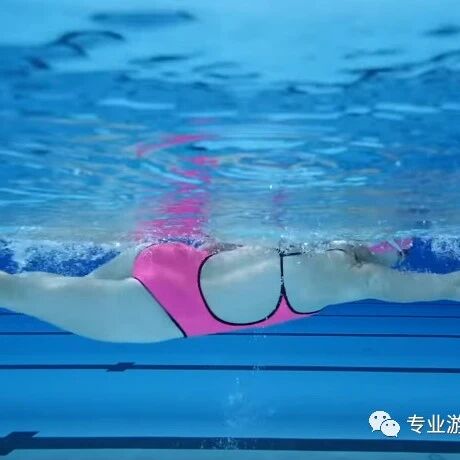When doing freestyle breathing and turning your head, don’t look up at the sky—here are three key tips to master natural breathing.
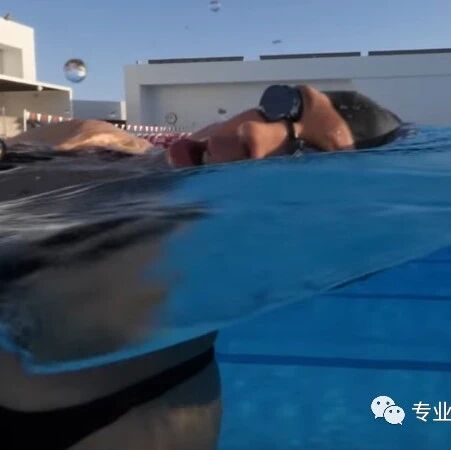
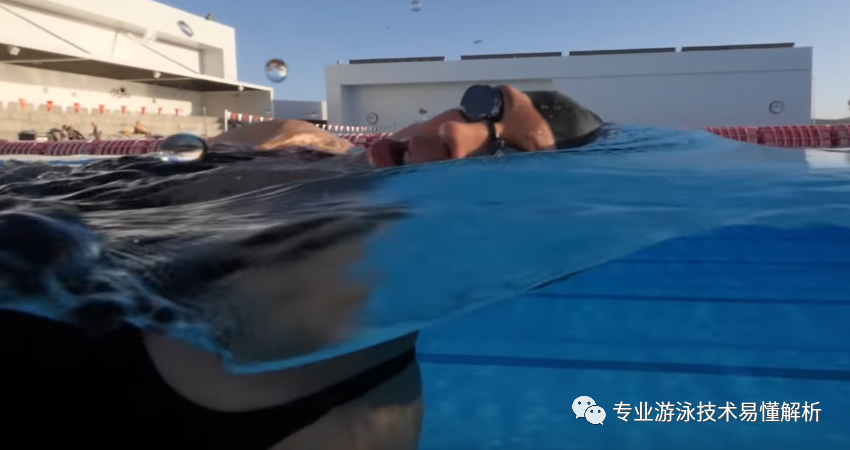
Choking on water during breathing is a perfectly normal occurrence—mastering breathing techniques takes time. This process involves not only improving your breathing efficiency but also learning to relax your body more effectively, refining the nuances of your stroke, gradually reducing the reflexive reaction of water entering your nose and mouth, and cultivating greater mental calmness. For instance, when performing the same movement initially, beginners often consume more oxygen due to a lack of proper technique and attention to detail. However, as you become more proficient, the same movement requires less energy, making it feel like your breathing has improved. In essence, mastering breathing isn’t just about smoothly turning your head to exhale and inhale—it’s a holistic skill that encompasses physical, technical, and mental aspects.

1. The key is to avoid pressing down on your hands with your head.
Raising the head to breathe is a common mistake made by many beginners. When your head is submerged in the water, the flow of water naturally creates a slight depression near your mouth—simply opening your mouth allows you to breathe effortlessly. Yet, instead of making it easier, lifting your head actually makes breathing more challenging. In fact, the more you worry about choking on water, the more likely you are to accidentally inhale—it’s almost as if your anxiety ends up backfiring!
Lowering the arm is another common mistake caused by improper breathing—again, rooted in the fear of choking on water. This downward arm movement disrupts the natural rhythm of your stroke, making it appear as though you’ve mastered breathing, but actually creating hidden flaws that hinder your ability to swim faster.
Another common mistake is lifting the head up first, followed by a downward press. When breathing, swimmers often slightly lift their heads while simultaneously pressing their arms downward. This combination can easily distort the head-turning motion—instead of rotating around the body’s central axis, the head rises as the arm enters the water and only lowers after the stroke is completed. As a result, the other forward-reaching arm naturally ends up pushing downward through the water. This error is particularly common among swimmers who already have a decent freestyle technique.
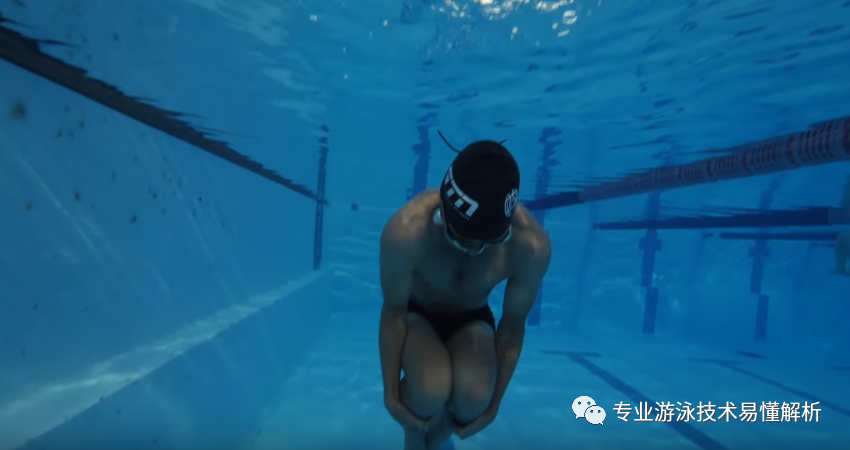
2. Pinpoint the direction where your gaze should be placed
The direction your gaze takes is incredibly useful—it allows you to precisely maintain head stability during the freestyle breathing stroke. If, after turning your head out of the water, your eyes are looking toward the side of the pool, it means your gaze wasn’t directed downward at the pool bottom while your head was still underwater. However, when your head is properly positioned and stable, your gaze should naturally shift diagonally backward and outward as you turn to breathe.
When first learning to breathe in freestyle, if you’re worried about water getting in, remind yourself to keep your neck relaxed—avoid tucking your chin in as you turn your head. Instead, start by turning your head with a slightly wider range of motion, ensuring your mouth stays fully above the waterline. Focus your gaze toward the ceiling, just behind and above you. As your technique improves, gradually reduce the amplitude of your head movements, shifting your eyes to look at your shoulder instead, and eventually directing your gaze slightly past your side—toward the edge of the pool ahead.
Ultimately, the head movement becomes so subtle it’s almost imperceptible—just a slight opening of the mouth is enough to catch your breath. Occasionally, water might even enter your mouth, but you’ll need to learn how to hold it there, getting used to a balanced state where half the space is filled with air and the other half with water. Once you’ve adjusted to this sensation, breathe in deeply as air flows into your lungs, while gently guiding the water in your mouth back into the pool after you turn your head again.
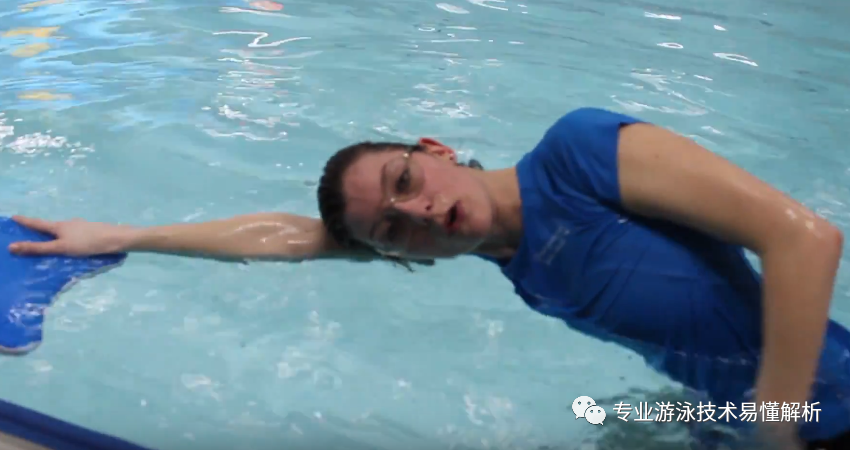
3. Avoid opening your mouth wide and inhaling deeply.
Breathing is a natural process—when you exhale stale air, fresh air effortlessly flows into your mouth on its own. Often, the reason you can’t catch your breath isn’t because of insufficient fresh air, but rather because you haven’t expelled enough of the stale air in the first place.
Breathing too frequently or too deeply isn’t the right choice—it can actually lead to lung strain. The more fresh air you take in, the more stale air your lungs have to expel, which forces your nose—and even your mouth—to speed up the exhalation process just to clear out the accumulated waste gases as quickly as possible. Moreover, as the volume of air in your lungs increases, so does your buoyancy, potentially disrupting the balance between your upper and lower body and making it easier for your legs to sink downward.
Instead, why bother opening your mouth so wide and taking in too much fresh air? Just do what feels right—after all, comfort in your lungs on land is the ultimate guide.
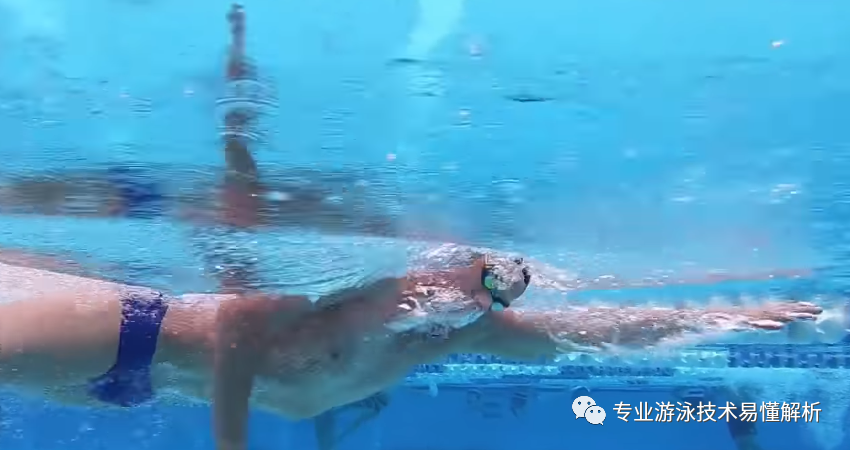
Finally, when first learning to breathe, you can start with a one-stroke-per-breath rhythm, but avoid making it a habit. Instead, mastering the three-stroke-to-one-breath technique is crucial. Bilateral breathing is also a fundamental requirement—once you’ve got it down, whether or not you choose to use it is up to you, but make sure you learn to breathe on both sides. It’s important to note that under no circumstances should you hold your breath; instead, develop the good habit of exhaling as soon as you take a breath, simply by controlling the pace of your exhalation. Additionally, many challenges people face with breathing aren’t actually due to the head-turning motion itself. Rather, they often stem from improper techniques in other areas, such as water-keeping, arm recovery, forward extension, or body rotation during the stroke.
